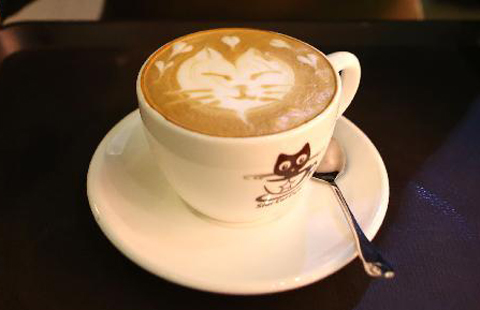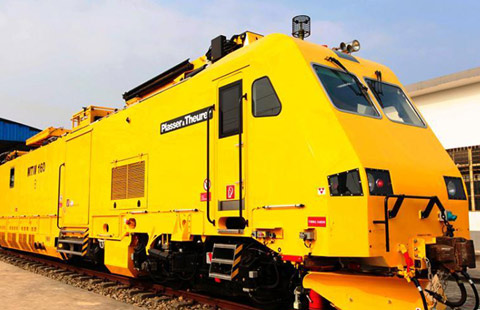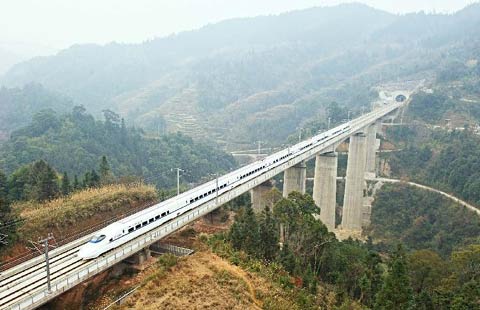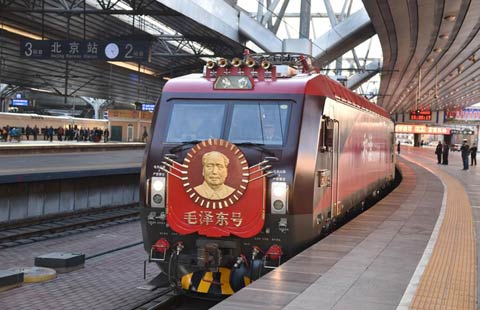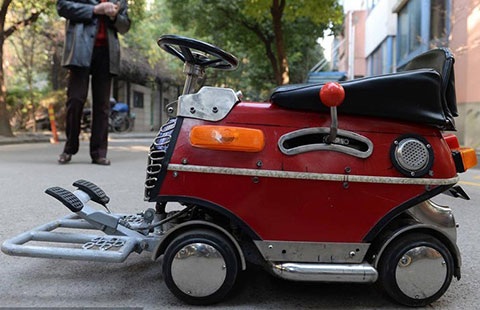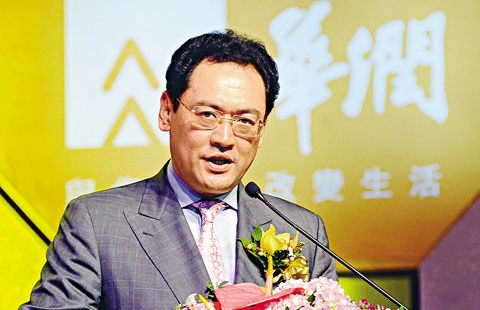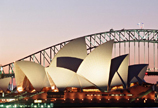Brakes hit trade growth
By Ding Qingfen in Beijing and Qiu Quanlin in Guangzhou (China Daily) Updated: 2012-05-11 10:54
Import and export growth slowed in April leading to increased pressure on the government to implement further monetary easing.
Imports last month rose just 0.3 percent, from a year earlier, to $144.83 billion, according to a statement by the General Administration of Customs on Thursday. This was in marked contrast to a 5.3 percent rise in March.
Exports last month recorded a healthier rate of growth, hitting $163.25 billion for an increase of 4.9 percent. But even that was down from the 8.9 percent for the previous month.
The trade surplus stood at $18.4 billion in April.
"Both imports and exports were weaker than expected," Dong Xian'an, chief economist at Peking First Advisory, said.
This was not surprising as both the US and European economies are still struggling, he said.
|
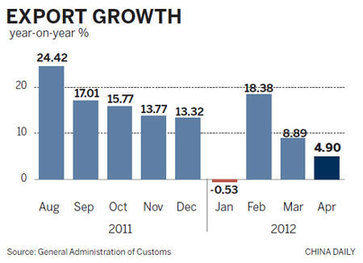 |
According to a report by Nomura Global Economics, "weak trade data probably caught the Beijing authorities by surprise putting further pressure on authorities to loosen policy."
The Shanghai Composite Index registered its first rise in four days, 1.6 points, or 0.1 percent, to 2,410.23 on Thursday, on renewed speculation of further monetary easing.
Friday will see the release of other key economic indicators, including inflation figures, producer prices, fixed asset investments and industrial output.
Shipments from China to the US slowed to 10 percent in April from 14 percent in March while exports to the EU fell 2 percent.
Liu Jianjun, spokesman of the China Import and Export Fair, often referred to as the Canton Fair, attributed slowing export growth to intense global competition in high-end products and Chinese manufacturers lacking competitiveness in the sector.
Unemployment across the 27 members of the EU hit 10.9 percent in March, the highest since the euro was launched in 1999, with much of the rise focused on crisis-hit southern Europe, particularly Spain.
"If the eurozone falls into a deep recession, and that in turn slows US growth, China's export growth will be impacted," said a report by ANZ Greater China.
Compared with the slowdown of exports, "we are more concerned about the deceleration of import growth, which impacts the nation's domestic consumption," said Li Wei, senior economist at Standard Chartered Shanghai.
As part of China's 12th Five-Year Plan (2011-15), the government has pledged to shift the growth model from exports to domestic consumption.
"China may have to ease policies further in May," Li said.
He predicted that China will probably cut bank reserve requirements this weekend and increase fiscal spending on infrastructure soon.
Import growth weakened both for domestic consumption and the processing trade.
"We think that a cut in the reserve requirement ratio this month is highly likely," the ANZ report said.
The report from Nomura said it "expects further policy loosening, with two bank reserve requirement ratio cuts this year, the first likely this month".
Exports slow
During the Canton Fair earlier this year the value of signed orders for Chinese exports shrank by 2.3 percent from a year earlier. This was the first annual drop since the spring exhibition of 2009.
The Canton Fair is considered a barometer of export growth.
"The decline in sales was mainly due to sluggish demand from developed markets, including Europe and the US," Liu said.
China set a target of 7.5 percent for GDP growth this year.
More balanced trade
Chen Deming, minister of commerce, said recently that "China's trade this year is more balanced than in 2011", and the trade surplus accounted for "2.8 percent of gross domestic product in the first few months of this year."
The trade surplus is likely to decline, according to the ANZ report.
"The loss of competitiveness in labor-intensive sectors suggests that the trade surplus will continue to decline, leading to a more balanced trade account in the not so distant future," it said.
Contact the writers at dingqingfen@chinadaily.com.cn and qiuquanlin@chinadaily.com.cn
Wang Xiaotian in Beijing contributed to the story.
- Electrical cable maker finds doing business in Afrira challenging
- China UnionPay Cards Surge in S. Korea
- China central bank alters deposits calculation rules
- Hoteliers eye outbound deals for business growth
- China to ease investment rules in FTZ
- Farming innovation gets overseas inputs
- Tills ringing in toytown where traders see huge opportunities
- Working priorities shift for new graduates
